Gas Tank Technology
1. The design of DSW gas tank not only uses the specified calculation formula, but also uses the finite element analysis. Then, the calculated data are verified and validated by experiments using various techniques including strain gauge measurement.
2.After analysing chemical, physical, mechanical properties and, if necessary, stress corrosion resistance; all materials (carbon steel,stainless steel, alloy and fiber etc.) are
carefully selected according to the final using conditions.
3.DSW also conducts fracture mechanics analysis on material, which enables us to define the maximum allowable defect size in the cylinder, so that we can:
· determine the NDT limits to be applied to the production line
· guarantee the fatigue life of the cylinder
· demonstrate that the leak occurred before the assumed cylinder burst.
4.The surface protection of gas cylinder is considered as a function of various environmental conditions and various corrosive substance that the cylinder may contact with.
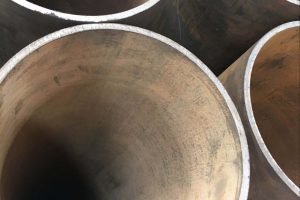
1, ISO standard high quality steel pipe
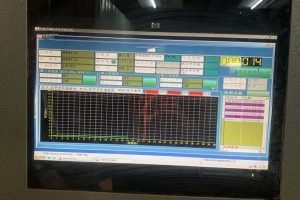
2.Good quality steel pipe test

3, Production line

4, Shrink cylinder bottom

5, Shrink cylinder mouth
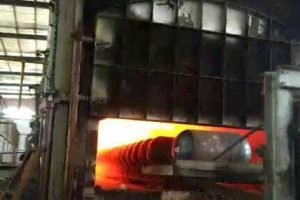
6, Heat treatment
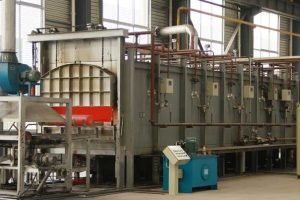
7, Normalizing treatment

8,Assemble cylinder neck
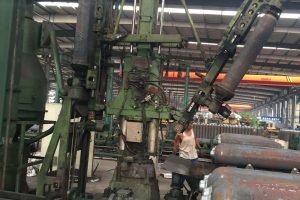
9 Automatic cylinder internal polish
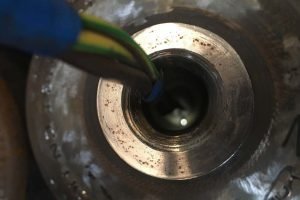
10, Cylinder internal polish checking

11, Automatic spraying prodution line
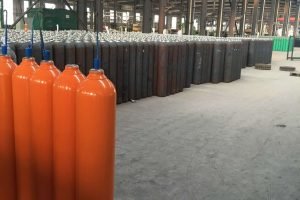
12, Big cylinder, automatic spraying

13, screw valve

14,leakage test
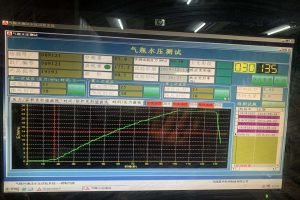
15,Hydraulic Test
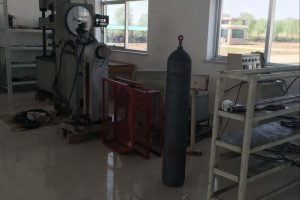
16, Permanet expasion test
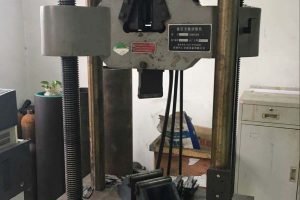
17, Tensile strength test
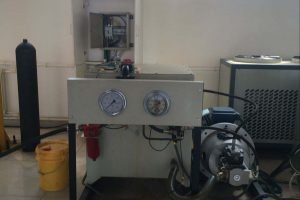
18,Yield pressure test
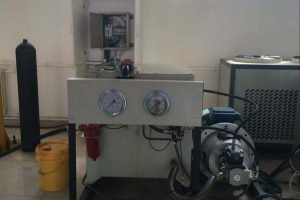
19,bursting test

20, Facory corner
DSW Gas Tank Inspection guarantee:
Our rigorous gas tank inspection process ensures the highest safety and reliability standards. Here’s how we ensure quality at every step:
Testing Welding Seams: We subject all relevant welding seams to 100% RT non-destructive and penetrant testing (PT) by storage tank production requirements.
Conducting Strength Testing: We use high-purity nitrogen (up to 99.999%) to conduct strength testing, guaranteeing structural integrity.
Detecting Leaks: We employ advanced helium mass spectrometer leak detectors with precision up to 2×10-9Pa.L/s to detect any leaks thoroughly.
Passivating Inner Containers: We passivate inner containers through overall pickling to meet cleanliness standards for dangerous goods.
Inspecting Contaminants: We import ultraviolet black light lamps to inspect inner containers, ensuring no oil stains or organic impurities.
Assembling Rapidly: We assemble inner and outer containers within less than 2.5 hours to maintain efficiency.
Purging with Nitrogen: After assembly, we fill inner containers and interlayers with nitrogen to prevent dust and organic impurities, ensuring cleanliness.
Treating Surfaces: We subject outer container surfaces to overall sandblasting treatment to meet Sa-2.5 standard requirements. To maintain the interlayer vacuum, any dust on steel plate surfaces is removed using a vacuum cleaner.
Using Insulation Material: We use special high-quality perlite in the interlayer, which is treated with our company’s proprietary process.
Testing for Gas Tightness: We subject internal cylinders to rigorous gas-tight and pressure performance tests to guarantee integrity.
Leak Testing: We meticulously test internal and outer cylinders for leaks using Helium mass spectrum leak detection.
Purging and Replacing Nitrogen: Upon completing production, we open all pipe openings for nitrogen purging and replacement to meet oxygen usage standards.
Following these comprehensive procedures, we seal pipelines and valves and fill tanks with 0.2MPa high-purity nitrogen for further protection, ensuring optimal performance and safety.



